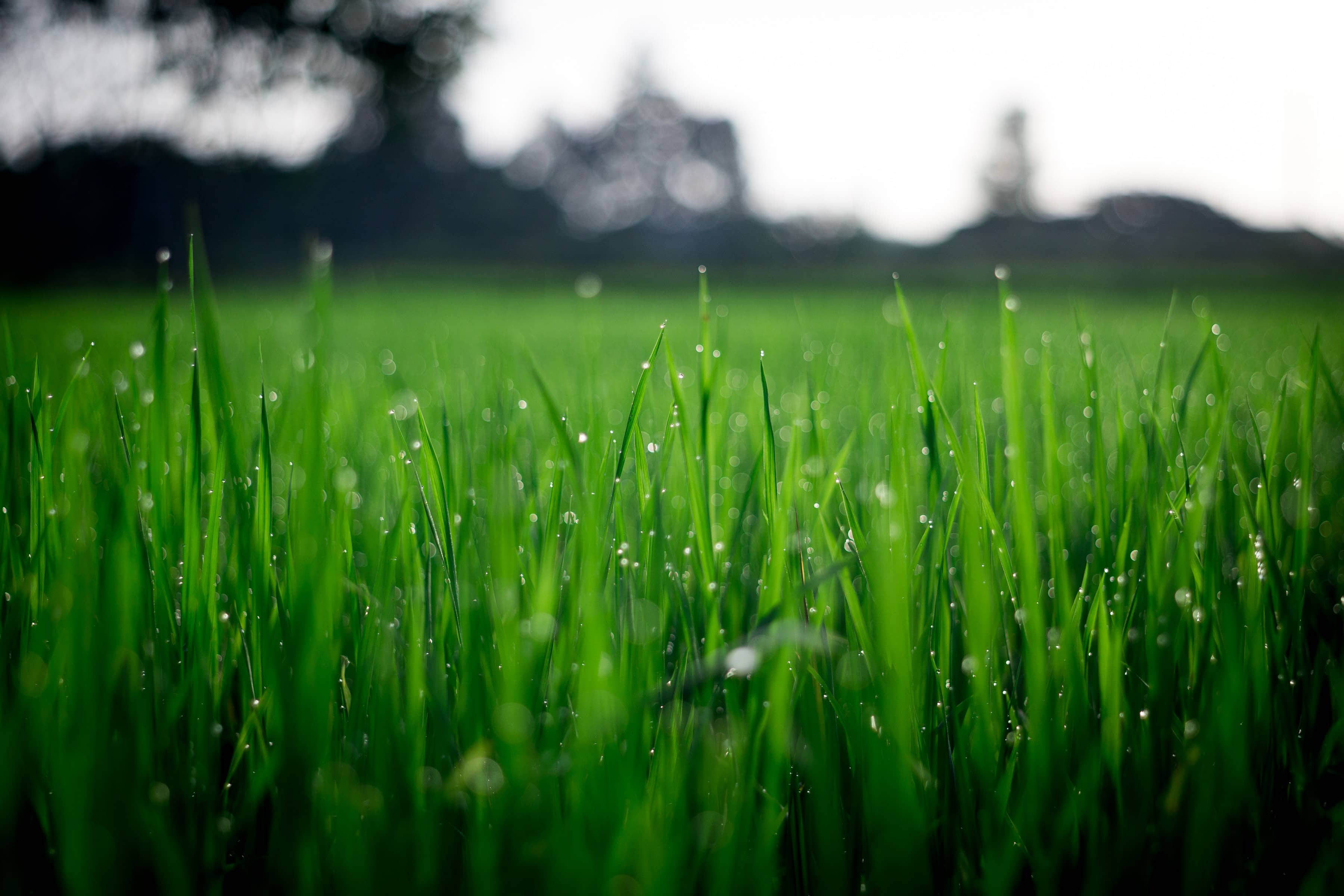Key Takeaways:
- Climate change, including extreme droughts and heatwaves, is driving interest in hydroponic fodder as an alternative livestock feed.
- Studies show benefits like increased animal weight and reduced methane emissions, but profitability remains debated.
- Hydroponic fodder systems are gaining traction in the Middle East, North America, and Europe.
- High energy costs and initial capital investments are barriers to widespread adoption.
Livestock Feeding Challenges Amid Climate Change
Climate change has disrupted traditional livestock feeding practices worldwide. Prolonged droughts, heatwaves, and flooding have led to reduced crop yields and dried-out meadows, forcing farmers to rely on expensive winter stocks or purchase scarce hay and fodder. In the United States, states like Texas, New Mexico, and Oregon have seen cattle herd sizes drop by up to 50% due to these challenges.
The effects are global, with inflation further straining food costs. In the U.S., meat, poultry, and eggs have seen a 10.9% annual inflation rate. The UK and France have experienced similar pressures, with food prices rising 12.7% and 5% respectively in recent months.
Hydroponic Fodder as a Potential Solution
Hydroponic fodder systems offer a controlled environment to grow nutrient-rich feed for livestock. This method uses water instead of soil to grow crops like barley or yellow peas, often within days. While the approach is seen as a sustainable alternative, its role remains largely supplementary rather than replacing traditional feed sources.
Benefits Highlighted by Studies:
- Weight Gain and Efficiency: According to a study by CubicFarm Systems Corp., hydroponic fodder increased cattle weight gain by 9% during the finishing stage and improved feed efficiency by 4%. Methane emissions were also reduced by 48%.
- Carbon Credit Potential: Hydroponic systems could offset 1.8 to 2.3 metric tonnes of CO₂ emissions per animal annually, creating additional revenue streams for farmers through carbon credit sales.
- Resource Conservation: The systems reduce land use and energy consumption, with upcycling potential to replace 15-20% of conventional feed.
However, not all studies agree on the benefits. Dr. Peter Wootton-Beard from Aberystwyth University notes that while hydroponic fodder can address specific nutrient deficiencies, its high water content may inflate perceived weight gains in animals without improving dry matter yield.
Regional Adoption of Hydroponic Fodder
Middle East:
- World of Farming (WoF): A startup under Hatch & Boost Ventures, WoF is deploying hydroponic fodder systems in the UAE to reduce reliance on imported feed and align with the UAE’s National Food Strategy 2051.
- Graze It: This UAE-based company offers “feed-as-a-service,” allowing farmers to produce feed on-site under a subscription model, reducing costs and logistical complexities.
North America:
- HydroGreen: Automated Vertical Pastures™ by HydroGreen are gaining traction, with recent sales of 10 machines valued at CAD $3.8 million.
- FarmBox Food
Europe:
- Fodder Box in Ireland: A Cork-based company offers containerized hydroponic fodder systems, which reduce costs significantly compared to traditional feed.
Profitability and Limitations
Despite its potential, hydroponic fodder farming faces challenges. Initial investments in hydroponic systems and high energy consumption can limit profitability. Research shows that the dry matter yield of hydroponic fodder may decrease due to energy used during germination, raising questions about its cost-effectiveness.
However, for farmers in regions severely affected by climate change, hydroponic fodder may become a necessity. Studies demonstrating increased animal weight and reduced methane emissions further support its viability.
Conclusion
Hydroponic fodder farming is not a one-size-fits-all solution but holds promise as a supplemental strategy for livestock feeding. Its adoption may expand as climate change worsens and traditional feeding methods become less sustainable. The approach’s profitability depends on balancing energy costs, capital investment, and potential revenue from increased weight gains and carbon credits. With innovation and regional investments, hydroponic fodder farming could play a significant role in reshaping the livestock industry.



3 Comments